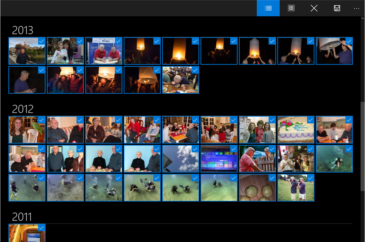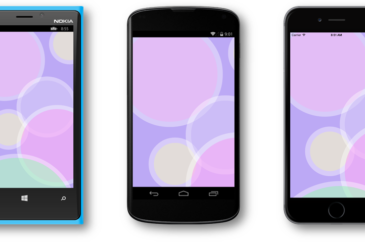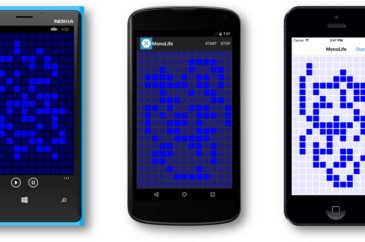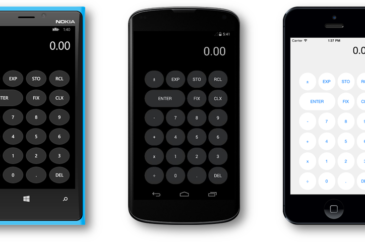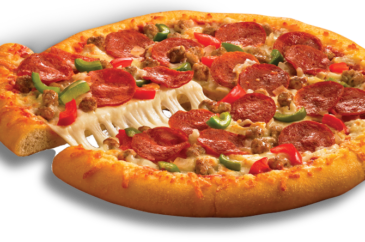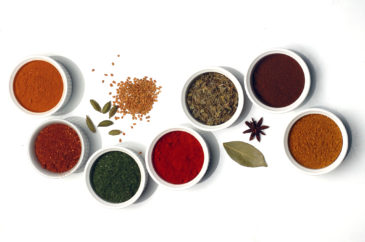
Spicing Up Universal Windows Apps with Per-Platform Views and Compiled Data Bindings
Adaptability is one of the hallmarks of the Universal Windows Platform (UWP). Apps that run on devices large and small must be able to adapt their UIs to the screen space available. UWP offers a number of tools for building adaptive UIs, including AdaptiveTrigger, RelativePanel, and controls that are cognizant of the screens they’re running…
